Embryo Transfer (ET)
Embryo transfer can be done at the earliest 24 hours after the egg retrieval, although this is rarely done. Also rarely, are embryos transferred 48 hours after the egg retrieval. Most often, embryos are transferred after 72 hours. Occasionally and in good candidate patients, embryos are cultured for additional two days, until days five or six. Embryos that are 5 days old are called blastocysts and have a high potential for implantation (pregnancy). Thus, blastocyst culture is basically a natural selection of the best embryos. In IVF/ICSI cycles, blastocyst culture is closest to imitating nature, as implantation occurs five days after fertilization.
However, many embryos stop developing, and only rare ones grow today 5. In 20% of cases, if the transfer is not performed on day 3, there are no viable embryos to transfer by day 5. If only one or two eggs fertilize, they are both transferred. Three embryos are the top limit of embryos that should be transferred in women younger than 42. With the greater number of embryos, multiple pregnancies also increase, and multiple pregnancies increase the risk for miscarriages, premature births, and complications in pregnancy.
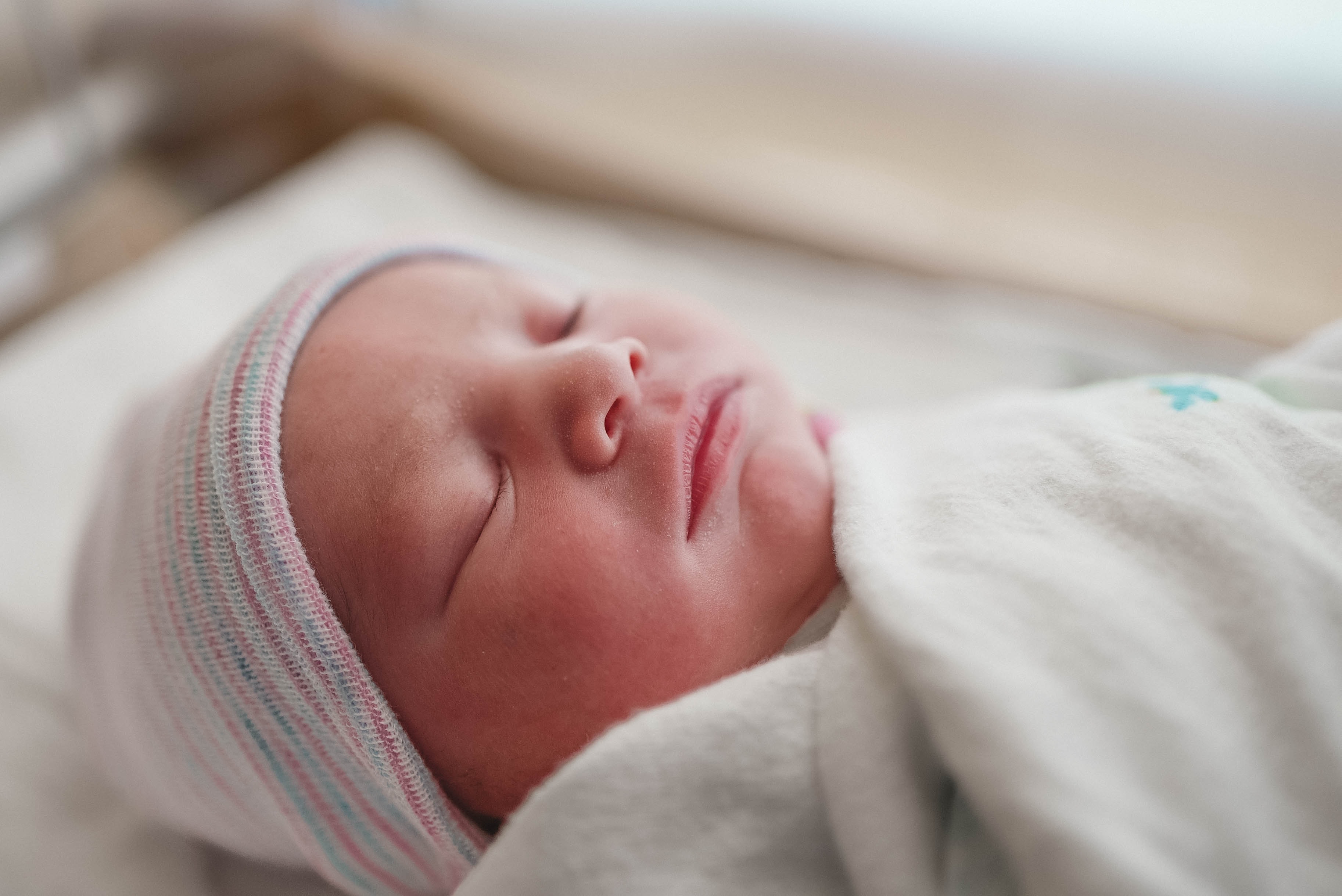
For the embryo transfer, a gynecologist will introduce an instrument into the vagina for viewing the cervix and removing mucus. Then a thin catheter will be inserted into the uterus, and embryos gently expelled. Embryo transfer should not be traumatic. An embryologist will check the catheter after the procedure to make sure the embryos have been transferred. The procedure is painless, although a patient may experience mild abdominal pain similar to menstrual cramping during the process. Sometimes, slight bleeding may occur after the procedure, usually from the cervix, not from the inside of the uterus.
One of the most common myths after the IVF procedure is the myth that there is a need for bed-rest for 14 days after the transfer. This results in enormous psychological pressure on the patient, and there is no medical justification for bed rest. After the embryo transfer, the cervix closes up and covers in thick mucus, preventing the transferred embryos from falling out.
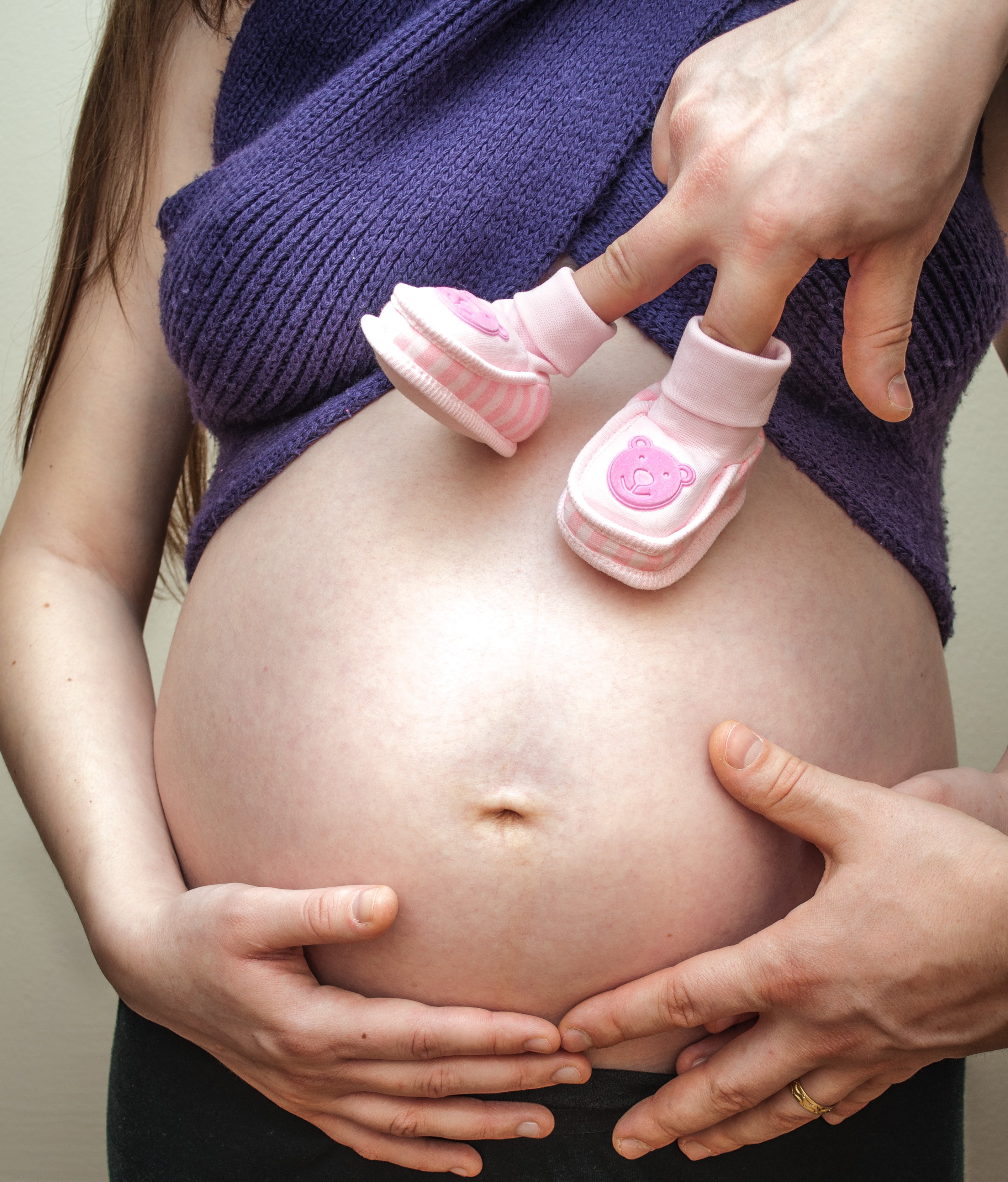

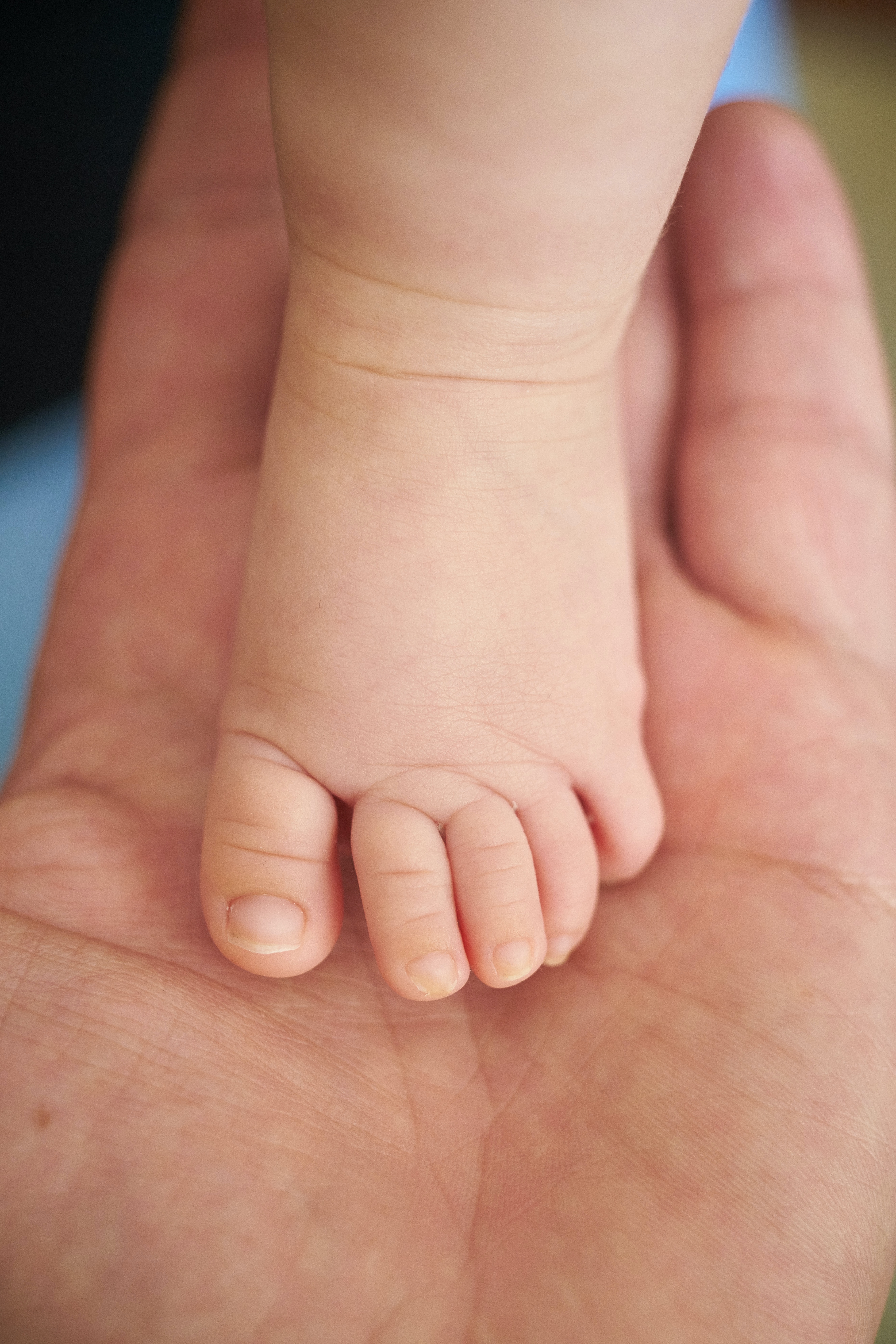


.jpg)
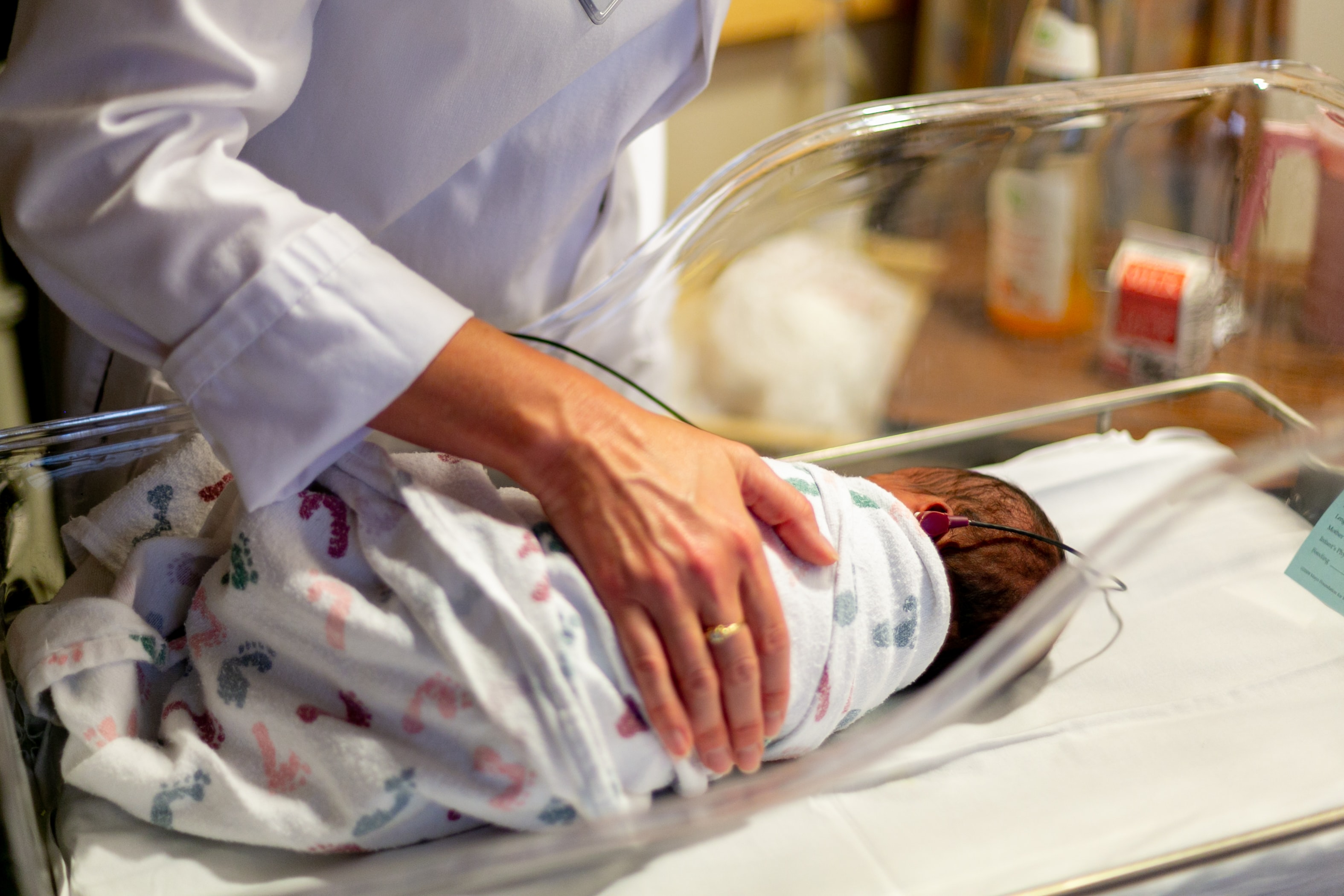
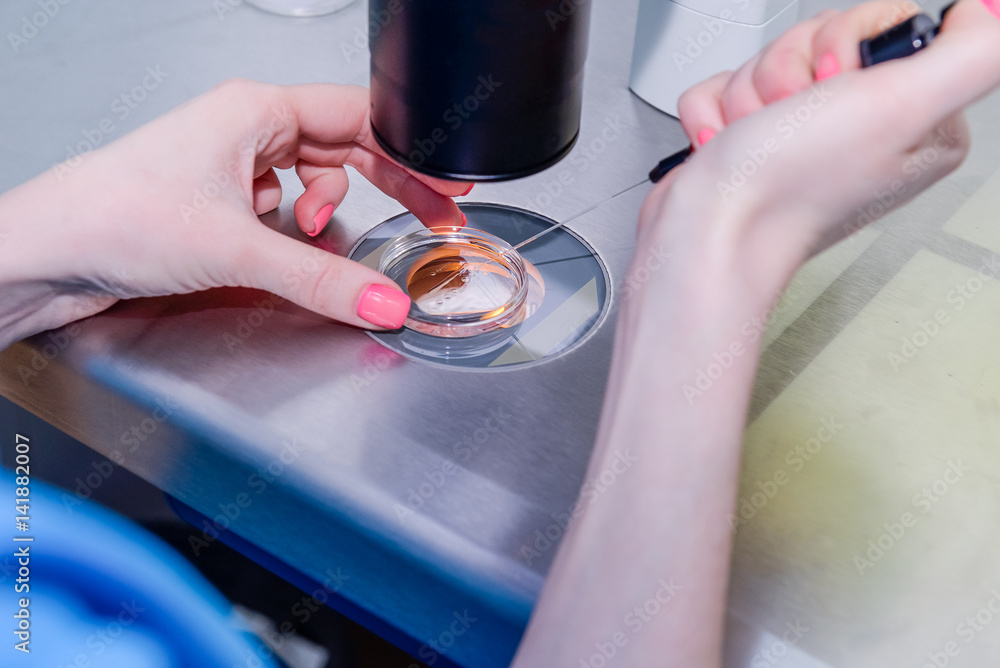
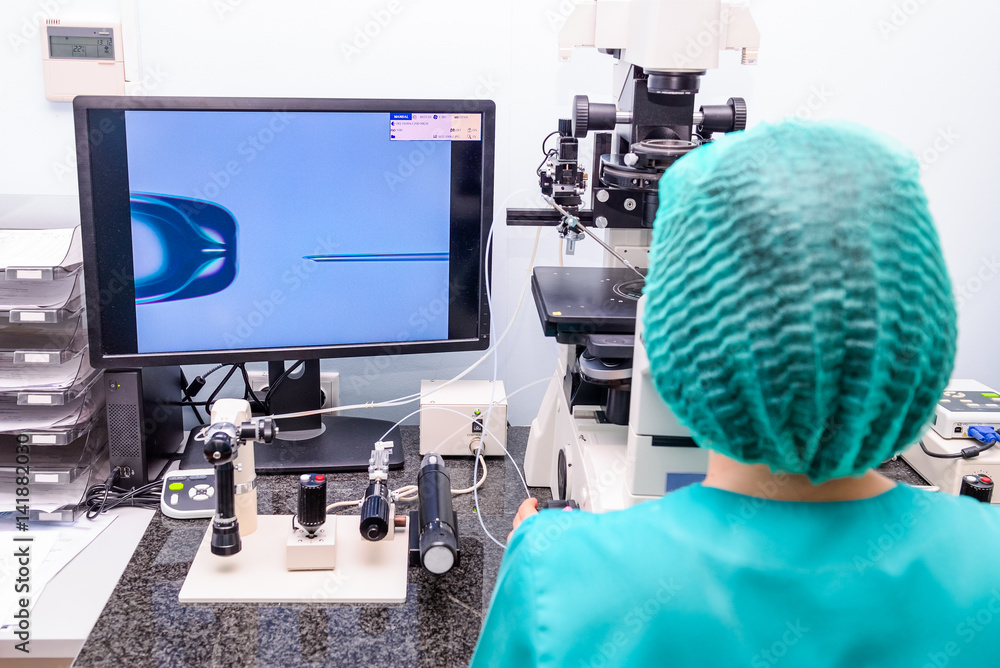

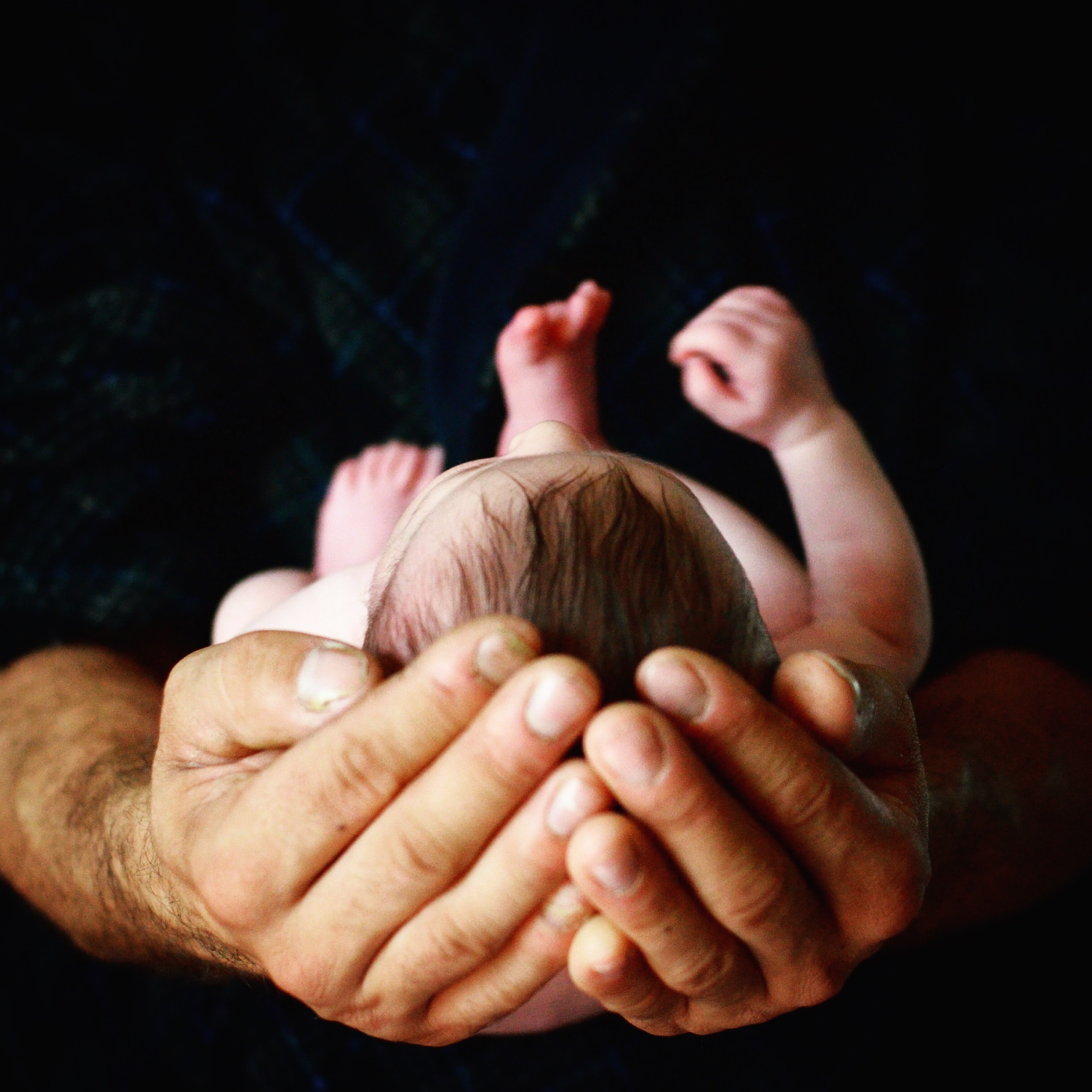
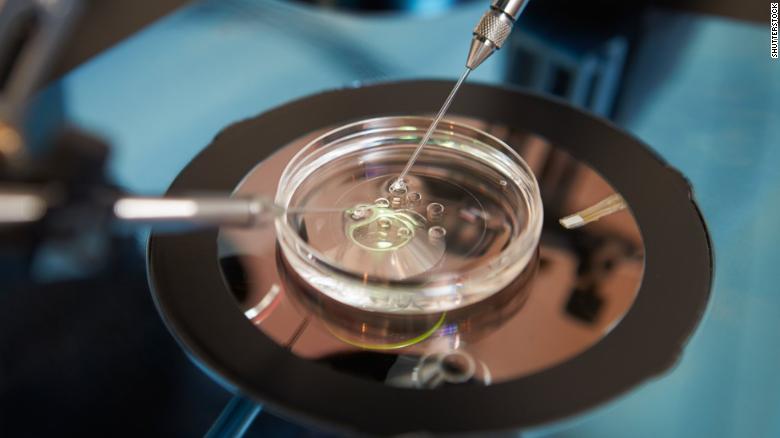
.jpg)

